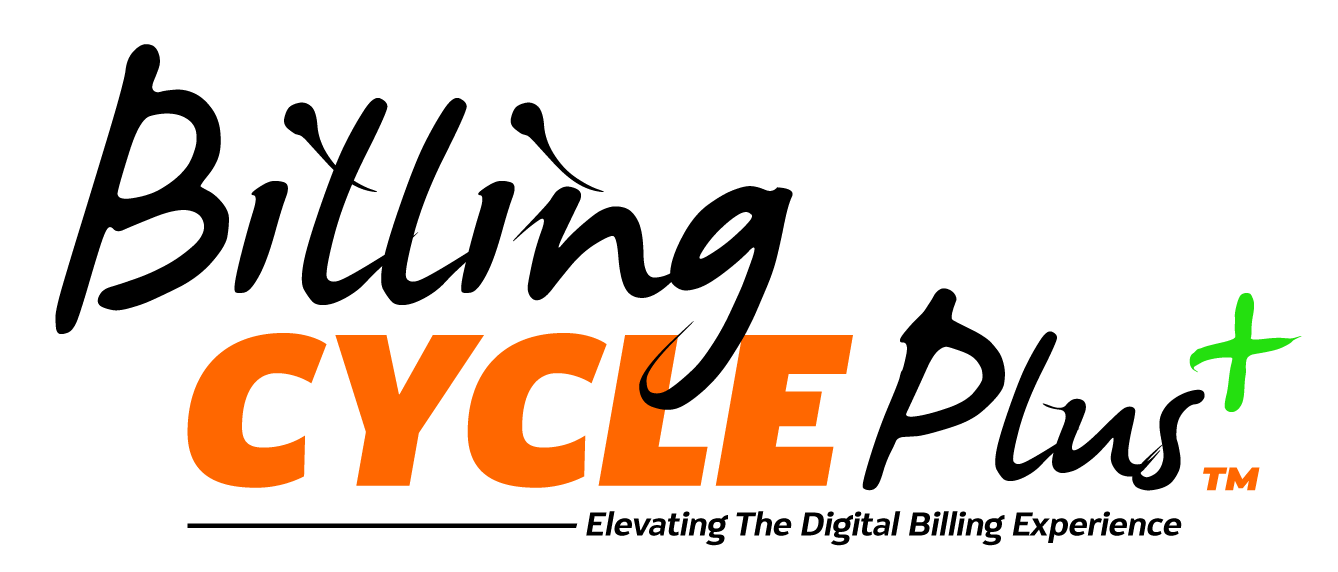9 KPIs for Better Patient Billing

Providers and health systems are actively and frequently seeking ways to improve the patient billing and collections process and, in turn, generate steady, sustainable cash flow. However, exactly where to start making these positive changes can be less clear. Derive real insights from your patient billing data by tracking these nine important key performance indicators, or KPIs.
Rate of bad debt
This metric indicates the percentage of patients who pay their bills late or not at all. By calculating bad debt, you can find out how these past-due payments really impact practice revenue. To get the percentage, divide the number of allowed charges for the analysis period in question by the number of accounts you’ve written off for failure to pay. Consider tracking this metric over time so you can address an increasing bad debt percentage by offering flexible payment options or new billing methods such as text-based statements.
Cost per encounter
This KPI measures the average cost of processing a patient encounter, including the cost of billing, collections, and administrative overhead. A low cost per encounter indicates that the practice is operating efficiently, while a high cost per encounter suggests that there may be areas where costs can be reduced.
Pro Tip: Providers are turning to artificial intelligence technology to help streamline patient billing processes and mitigate staff shortages.
Rate of net collection

Understanding this metric can illustrate how well your collection methods align with patient demographics and preferences. To calculate the rate of net collection, divide the total number of bills sent out by the practice by the number of successfully completed charges. This data can inspire new strategies to improve your collection’s success. Ideally, your rate of bad debt should decrease as your rate of net collection rises. A net collection rate below 95% represents a red flag that your billing process requires renovation.
Days in accounts receivable
How long, on average, does it take for your practice to receive payment for submitted claims? The higher the number of days in accounts receivable, the greater the impact on cash flow. Aim to keep this metric below about 30 days for the best financial performance, though anything under 45 days indicates a healthy billing process. It becomes increasingly difficult for practices to secure payment as time goes on, especially after the 90-day mark.
Find average days in accounts receivable with this simple calculation:
- Select the length of time for your assessment
- Total all posted charges for that period
- Deduct any credits received
- Divide by the number of days to find the average daily charges
- Return to the total, then divide that number by the average per day
In conjunction with this KPI, consider keeping track of outstanding receivables that haven’t been paid in 120 days or longer. You can use this metric to figure out the effectiveness of the late billing follow-up process. To calculate, divide the number or amount of receivables outstanding longer than 120 days by the total number or amount of receivables. Most practices should aim to have fewer than 12% of claims in long-term late payment status. You can also look at this number for insurance claims to iterate and streamline your reimbursement process.
Cash flow over time
You can get a sense of the financial health of your practice by comparing cash flow now to revenue last month, last quarter, or last year. Cash flow calculations should include all money collected by the practice. Keep in mind that this KPI can change dramatically based on factors such as days in accounts receivable, canceled patient appointments, and investments in new services and new employees.
Claims denial rate
Last year, RevCycle Intelligence reported that many hospitals struggled with a rising claims denial in the wake of COVID-related billing changes. While the average is 6 to 13% across the industry, your practice should ideally maintain a claims denial rate of less than 5 to 10%. If you find insurers have been denying your claims submissions at a higher rate, you may want to consider revising your revenue cycle. Review the reason for these denials and implement strategies to prevent errors and omissions before submitting claims. Frequently educate team members about coding guidelines so you can stay up-to-date with changes.
To find the rate based on the number of claims denials, divide the denial number for your selected time period by the total number of claims for that period. Alternatively, divide the total dollar amount of denied claims by the total amount of billed claims for the period in question. You might also see this KPI called the first-pass acceptance rate.
Resolve rate
How well does your practice resolve outstanding claims? To find the resolve rate, divide the number of claims in your selected time period by the number of paid claims in the same period. The higher your resolve rate, the more effective your claims management process is. A lower percentage reflects the need to detect inefficiencies and figure out the root cause of an impacted resolve rate.

Collections cost
The cost of a revenue cycle divided by the amount of money collected equals the cost to collect for your practice. You can calculate this KPI both with and without associated information tech expenses to assess the efficiency and productivity of the collection process.
Clean claims ratio
Clean claims have been filed once and never rejected or denied by the insurance company. These claims are free from errors, preventable or otherwise. Improving the clean claims ratio will also increase the speed at which the practice receives payments. To boost this KPI, look at why claims get denied and calculate the time delays created by these denials. For the best possible cash flow, target a clean claims ratio of at least 90%, preferably 95% or above.
Final Thoughts
MailMyStatements is a technology-driven patient statement and payment vendor that offers managed billing needs from payment plan capabilities to statement design. When you’re ready to elevate your practice’s patient billing process, partnering with MailMyStatements can provide the tools and resources to increase cash flow and overall financial health. Get in touch with us to learn more about our comprehensive healthcare payment and statement solutions.
![]()



